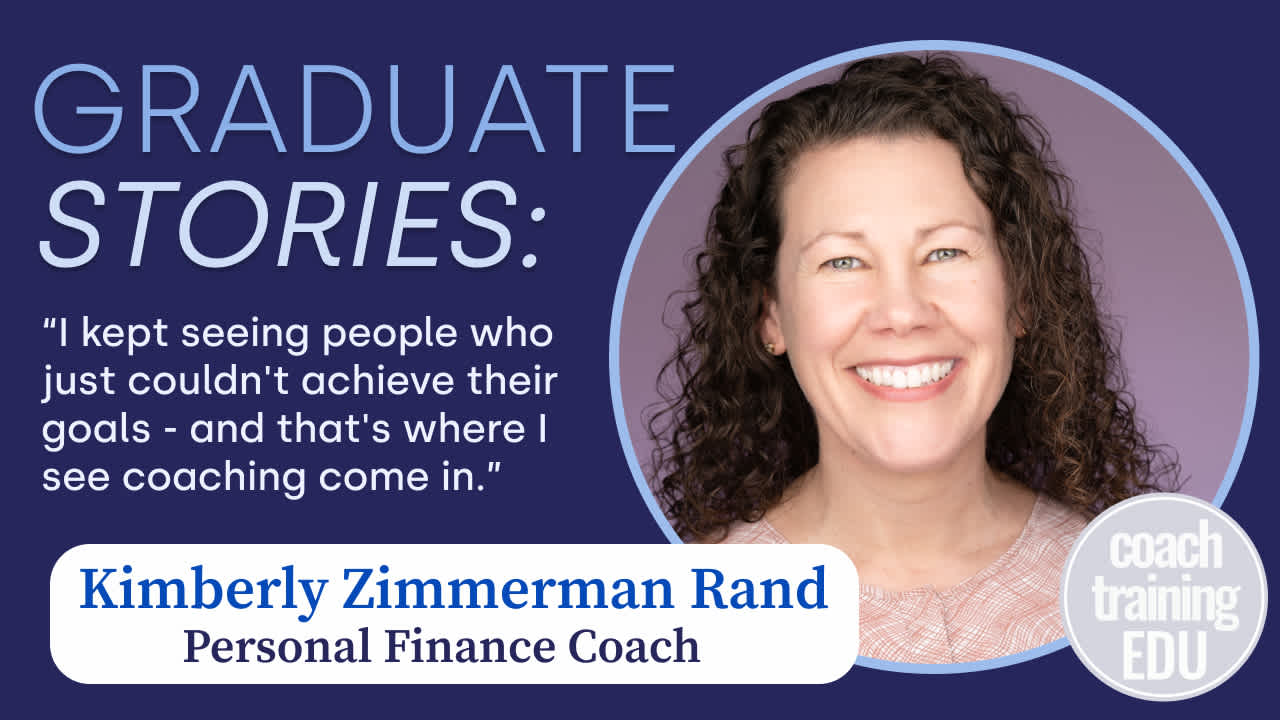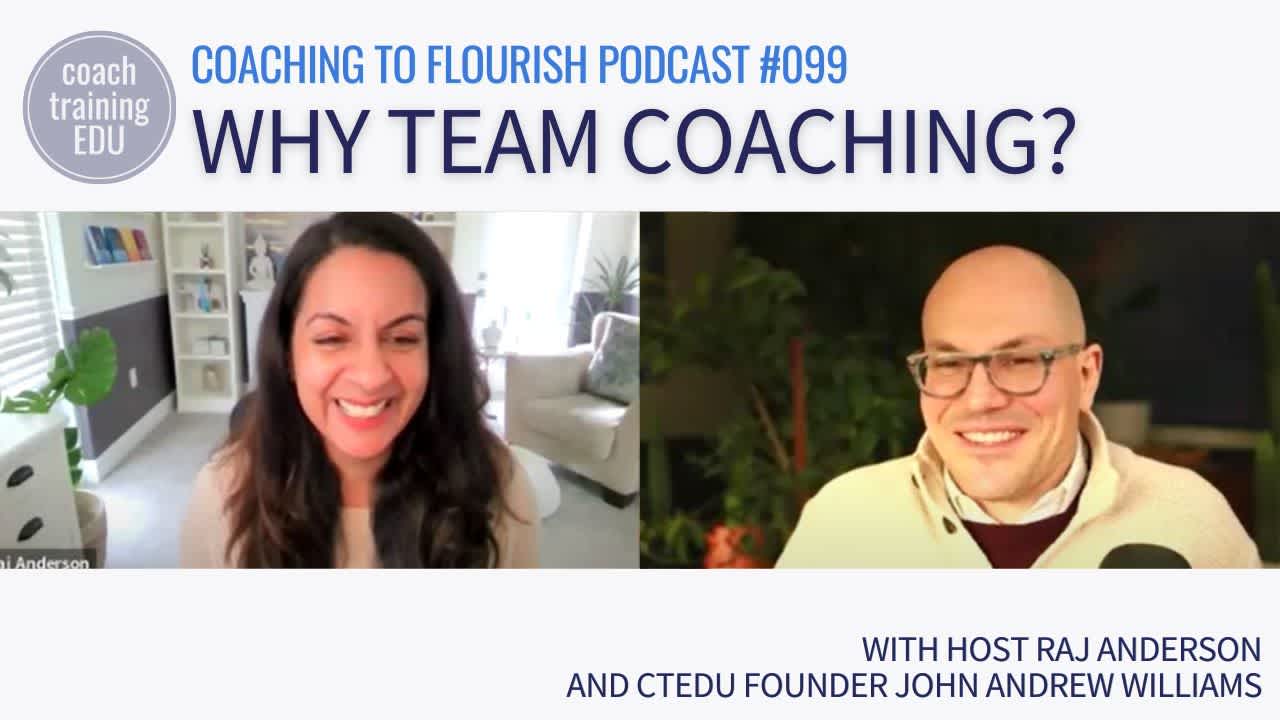April 23rd
SIGN UP HERE
Graduate Stories: Kimberly Zimmerman Rand
Coach Training EDU
Mar 11
Kimberly Zimmerman Rand is passionate about people living their best lives through household finance. As a consultant, trainer, coach, and Principal at Dragonfly Financial Solutions LLC, she engages her talents to help others deepen their knowledge, develop their skills, and become more confident in their relationship with money. For over 25 years Kimberly has been providing services to professionals and consumers on both live and online platforms. Her superpower is bringing clarity to complex personal finance topics and inspiring people to do great things. Kimberly is an Accredited Financial Counselor® and Professional Certified Essential Life Coach from Coach Training EDU. She is also a Credit as an Asset Master Trainer and a HUD Certified Housing Counselor. Kimberly holds a Master of Social Work in Social and Economic Development and Nonprofit Management from Washington University in St. Louis, and a Bachelor of Arts in Psychology from Colby College.

Graduate Stories: Grace Edwards
Coach Training EDU
Feb 19
Grace has been enjoying her journey in life coaching, focusing on empowerment. When she started training, she wanted to work one on one with individuals who were looking for a sense of direction, and the self-confidence to face anything that comes their way. She didn't realize what more was in store for her. Grace has been working as a group coach as well, assisting individuals with searching inward and revealing those gifts they already have inside of them. Through compassion and creativity, she is walking alongside her clients to become the best versions of themselves.

Coaching to Flourish #100: 100th episode celebration and podcast pivot
Coach Training EDU
Feb 04
Join Raj Anderson and John Andrew Williams in this special 100th episode of the podcast! Reflecting on their growth journey, they share insights, lessons, and the importance of consistency in reaching this milestone. This also brings about an exciting new direction for the podcast: coaching demos with live feedback and discussion! Learn about our podcast changes, the importance of demos, and discover how you can be part of this transformative journey.

Coaching to Flourish #099: Why Team Coaching?
Coach Training EDU
Jan 28
Join hosts Raj Anderson, MCC, and John Andrew Williams, MCC as they delve into the intricacies of team coaching and the business aspects associated with this evolving field. We discuss the subtle yet significant differences between team and group coaching, and unravel the empowering dynamics that make coaching effective on a larger scale. Don't miss the discussion on building confidence, handling challenges, and the exciting frontier that team coaching represents in the coaching landscape!
Life Coaching Meets Inspiration and Positive Psychology
CTEDU’s blog centers on looking at the latest developments in positive psychology applied to the field of life coaching.
Blog Categories
The Coaching to Flourish Podcast is currently available onSpotify,Apple,Amazon,Overcast,
Pocket Casts,Radio Public andAnchor.
Transform your journey with
Coach Training EDU
Our mission is to provide life coach training that Changes Lives, Launches Careers, and Promotes Human Flourishing
503.360.6700
contact@coachtraining.edu.com
403 Portway Drive, Suite 300
Hood River, Oregon 97031



